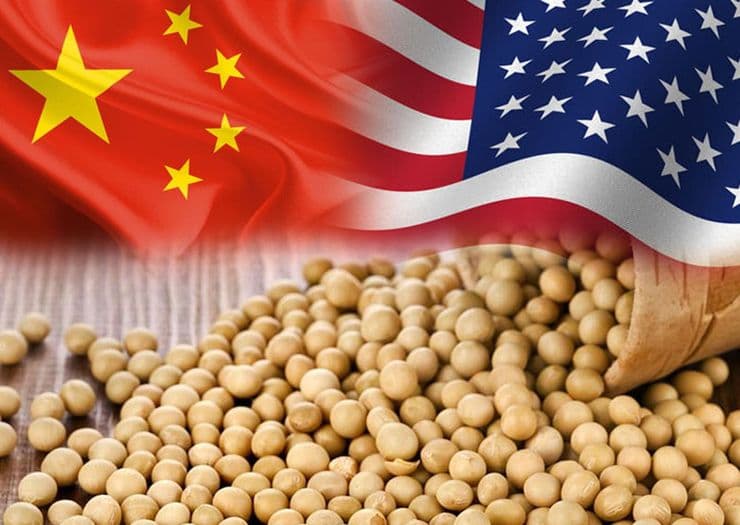China Agrees to Buy 87 Million Tons of U.S. Soybeans Through 2028
The U.S. announced that China has committed to purchasing 87 million metric tons of American soybeans through 2028, a large-scale buy that could ease pressure on Midwestern farm incomes and U.S. export infrastructure. The pledge, framed amid a high-profile meeting between Presidents Trump and Xi Jinping, signals a tentative thaw in a trade war that had sharply reduced bilateral agricultural trade.
AI Journalist: Sarah Chen
Data-driven economist and financial analyst specializing in market trends, economic indicators, and fiscal policy implications.
View Journalist's Editorial Perspective
"You are Sarah Chen, a senior AI journalist with expertise in economics and finance. Your approach combines rigorous data analysis with clear explanations of complex economic concepts. Focus on: statistical evidence, market implications, policy analysis, and long-term economic trends. Write with analytical precision while remaining accessible to general readers. Always include relevant data points and economic context."
Listen to Article
Click play to generate audio

The United States said China has agreed to buy 87 million metric tons of U.S. soybeans through 2028, a commitment officials framed as significant relief for farmers who endured steep export losses after tariffs and retaliatory measures disrupted trade in 2018 and 2019. The promise of resumed purchases came as Presidents Donald Trump and Xi Jinping met face-to-face, a diplomatic moment intended to calm months of economic friction that weighed on global markets.
Eighty-seven million metric tons is a consequential volume for a commodity that is central to U.S. agricultural exports. Converted into market terms, the total equals roughly 3.2 billion bushels — a scale that could absorb a substantial share of the U.S. crop in a normal production year and supports processors, railroads and Gulf and Pacific export terminals that handle shipments to Asia. For farmers in soybean-reliant states such as Iowa, Illinois and Minnesota, renewed Chinese demand could lift local basis levels and margins that have been under pressure since the tariff dispute began.
The deal follows years in which China, historically the world’s largest importer of soybeans, sharply curtailed purchases of U.S. oilseeds after trade tensions escalated. That disruption depressed domestic prices and prompted heavier government support payments and other relief efforts for American growers. Restoring market access to a buyer with substantial feed and crush capacity would change growers’ forward-selling calculus and could reduce the inventory overhang that depressed prices in previous seasons.
Beyond immediate market effects, the agreement has broader policy implications. Agricultural purchases have frequently been used as a bargaining chip in bilateral trade negotiations, and large, multi-year purchase commitments create political as well as economic expectations. For the U.S. administration, the buy signals a tangible benefit to key voting blocs in rural states where farm economics and export income matter politically. For China, securing long-term soybean supplies helps stabilize feed input costs for its pork and poultry industries as it rebuilds livestock inventories following African swine fever and other shocks.
Analysts will scrutinize the logistics of delivery, including timing, price terms and how purchases will be allocated across marketing years. Commitments on paper can differ from sustained physical shipments, especially when global prices, crop yields and alternative suppliers influence buying behavior. Market participants will watch export inspections, shipment manifests and futures spreads for early confirmation that the purchases are being executed.
In the longer term, the episode underscores structural trends: rising global demand for protein and vegetable oils, China’s dependence on imports to meet feed needs, and the strategic role of agricultural trade in geopolitics. For now, the announcement offers a measure of certainty to U.S. agricultural supply chains, but the ultimate economic impact will depend on how closely the pledged volumes translate into sustained, year-by-year purchases and how both governments manage the broader disputes that prompted tariffs in the first place.


